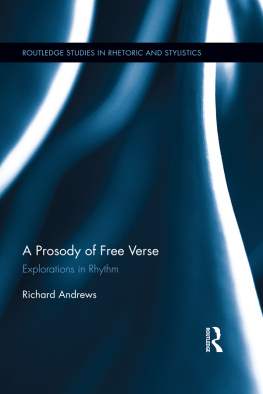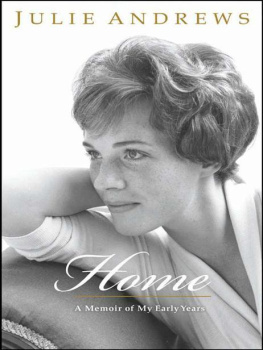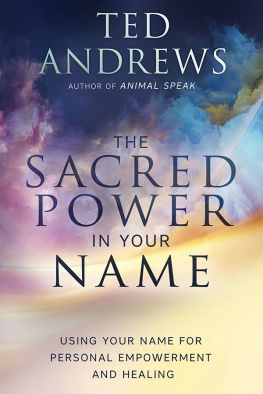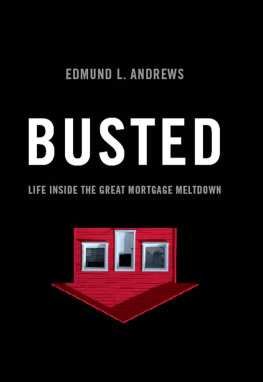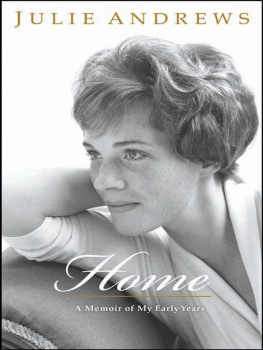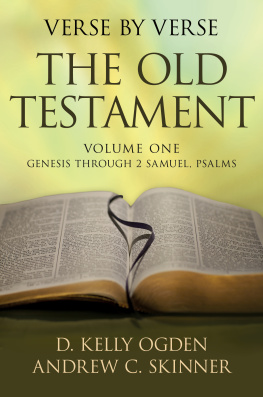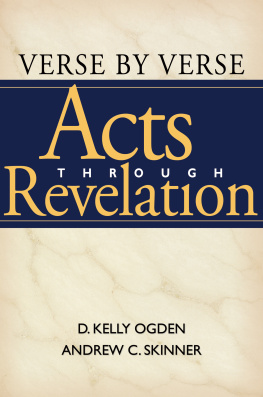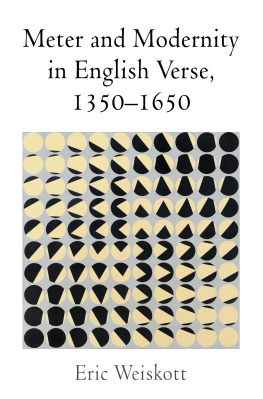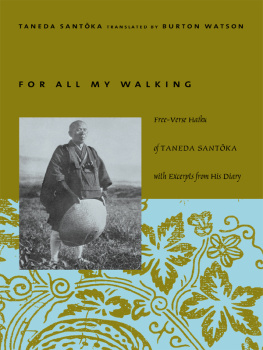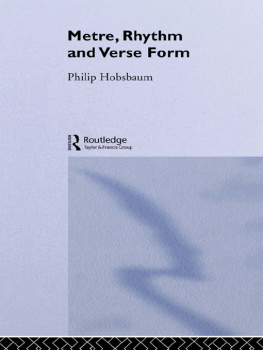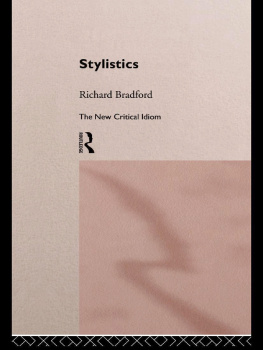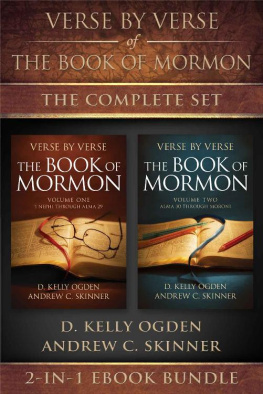It is the argument of this book that it is only by taking soundings from music and dance that we can get a measure of free verse.
All too often, free verse is seen as an aberration, a deviant form of metrical verseand even as a form seeking its way back to conventional metres (Fraser 1970). The notion that behind every free verse poem is the shadow of a conventional and regular metre is not one that is adopted in this book, which sets out to chart a new prosody for free verse.
Prosodies of verse in English have declined in number since the 1920s. The twentieth and twenty-first centuries have also seen a decline in studies of prosody as a subcategory of spoken grammar. Concurrently there has been a steady rise in interest in prosodies as part of the domain of rhetoric (understood as the arts of discourse). This shift coincides with the renewed theoretical emphasis on free verse or freer forms of metrically based verse ( vers libre and vers libr , respectively) at the start of the twenty-first century. Hall (2009: 1016) provides a good summary of prosodies in their efforts to chart changing poetic rhythms.
The present volume explores the possibility of a new prosody for free verse. To do so, it looks back over the past century and more, not with historical perspective but in an attempt to gauge how various poets and prosodists have addressed the problem of accounting for free verse rhythms. The book operates both theoretically and practically. It does so theoretically, by drawing on music notation and choreographic notation and also by linking poetic rhythm to wider cultural movements in the capturing and shaping of time; and practically, by working inductively and deductively with examples of free verse.
As free verse takes its place alongside metrical forms as one of the main modes of poetic writing, a book like this also has to consider the multimodal aspects of printed and performed verse, not least in association with other modes that may be operating along the printed or spoken word. Although the book breaks free of conventional metrical prosodies, it marks only the beginning of an exploration of how rhythm operates in free verse. As such, its aim is to provide a new direction and a new start for prosody.
Routledge Studies in Rhetoric and Stylistics
Edited by Michael Burke
1 Literary Reading, Cognition and Emotion
An Exploration of the Oceanic Mind
Michael Burke
2 Language, Ideology and Identity in Serial Killer Narratives
Christiana Gregoriou
3 Beyond Cognitive Metaphor Theory
Perspectives on Literary Metaphor
Monika Fludernik
4 The Pragmatics of Literary Testimony
Authenticity Effects in German Social Autobiographies
Chantelle Warner
5 Analyzing Digital Fiction
Edited by Alice Bell, Astrid Ensslin, and Hans Kristian Rustad
6 Ulysses and the Poetics of Cognition
Patrick Colm Hogan
7 Style and Rhetoric of Short Narrative Fiction
Covert Progressions Behind Overt Plots
Dan Shen
8 Kafkas Cognitive Realism
Emily T. Troscianko
9 Stories, Meaning, and Experience
Narrativity and Enaction
Yanna B. Popova
10 From Conversation to Oral Tradition
A Simplest Systematics for Oral Traditions
Raymond F. Person, Jr.
11 Making Sense of Narrative Text
Situation, Repetition, and Picturing in the Reading of Short Stories
Michael Toolan
12 A Prosody of Free Verse
Explorations in Rhythm
Richard Andrews
Contents
I am most indebted to musicians and composers who have explored rhythms in their music, bringing them to the foreground. Most important, in terms of my own music education, are Igor Stravinsky, Bla Bartk and Pierre Boulez; Miles Davis, Bill Evans and John Coltrane; and Carlos Santana and John McLaughlin. In poetry, Ezra Pound, Octavio Paz, Ted Hughes, Seamus Heaney and Derek Walcott have been the poets I have most looked to for inspiration in twentieth-century free verse practice and theory. In sculpture, Henri Gaudier-Brzeska is the most eloquent.
I am grateful to Gunther Kress, Derek Attridge, Myrrh Domingo and Terry Locke for their comments on the proposal for this book, and to Margo Irvin and Elysse Preposi at Routledge, New York, for their belief in the project. Thanks go to Michael Burke, Christiana Gregoriou and Joe Bray as series editors; to Andrew Weckenmann, senior editorial assistant, and Allie Simmons at Routledge. Behind the book is the thinking of Gunther Kress and Theo van Leeuwen, on social semiotics and multimodality, and especially van Leeuwen, on speech, music and sound. Though I take a different position from him on the description and characterization of free verse rhythms, I acknowledge the debt I owe to his work as a reference point for the exploration of rhythm in the present book. The same could be said of previous work on poetic rhythm by Octavio Paz, Derek Attridge and Nigel Fabb and that of the many excellent poets, linguists and prosodists that have preceded this book. I am particularly indebted to the excellent study by Martin Clayton of rhythm, metre and form in North Indian rg performance which has been richly suggestive of approaches to free verse rhythms. Ann Hutchinson Guest has been helpful in answering my queries about Labanotation. Thanks must also go to the University of York Library and its staff, to Jules Wilkinson and to Carey Jewitt and Sara Price for their support and suggestions.
I am grateful to the following authors, translators, editors and publishers for permission to quote from their work: to Peter Jay for passages from LHiver qui Vient and Solo de Lune from Jules Laforgue, Poems of Jules Laforgue , translated by Peter Dale, Anvil Press (1986; revised edition 2001); to Michelle Healey and Richard Hamburger for passages from Karl Mick-elss Lamento und Gelchter, translated by Ruth and Matthew Mead and Michael Hamburger, and Volker Brauns Landgang, translated by Gordon and Gisela Brotherston, both collected in Michael Hamburger (ed.) East German Poetry: An Anthology , Carcanet Press (1972); to Quentin Huon at Pan Macmillan for permission to quote from Sleeping Out: Full Moon by Rupert Brooke; to Ron Hussey for an excerpt from Anne Sextons The Sun from Live or Die , copyright 1966 by Anne Sexton and reprinted by permission of Houghton Mifflin Harcourt Publishing Company (all rights reserved); and to Christopher Aguirre at Penguin Random House in New York for advice.

